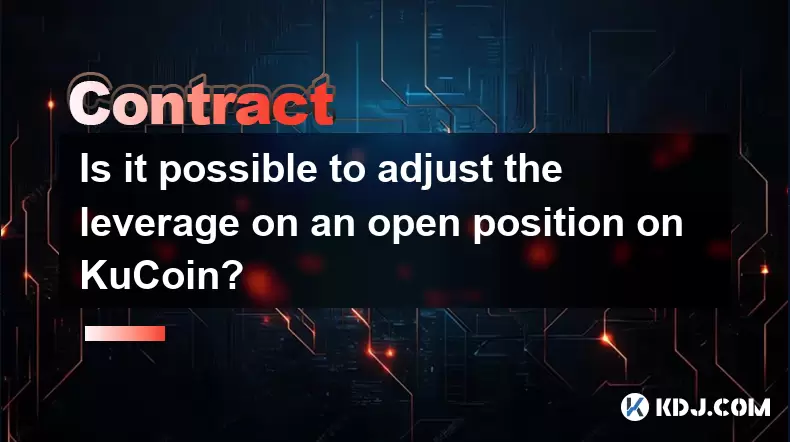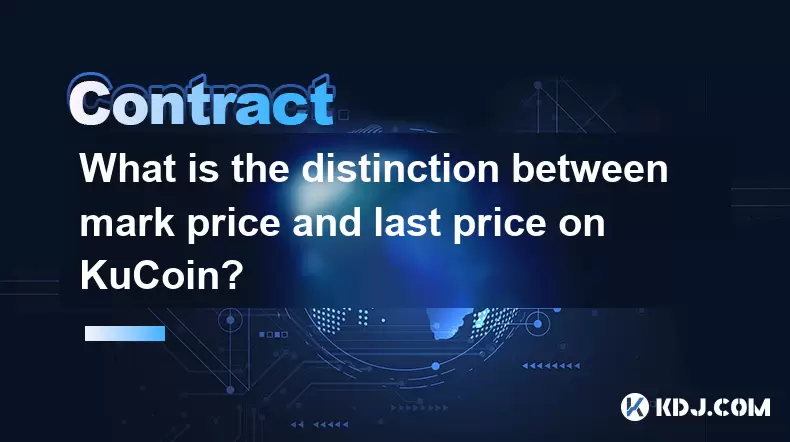-
 Bitcoin
Bitcoin $118900
-2.33% -
 Ethereum
Ethereum $4288
-0.13% -
 XRP
XRP $3.151
-3.21% -
 Tether USDt
Tether USDt $1.000
0.02% -
 BNB
BNB $809.5
-1.17% -
 Solana
Solana $175.7
-4.75% -
 USDC
USDC $0.0000
0.01% -
 Dogecoin
Dogecoin $0.2246
-5.75% -
 TRON
TRON $0.3473
2.19% -
 Cardano
Cardano $0.7809
-5.18% -
 Chainlink
Chainlink $21.38
-3.48% -
 Hyperliquid
Hyperliquid $43.29
-5.53% -
 Stellar
Stellar $0.4375
-3.21% -
 Sui
Sui $3.685
-6.68% -
 Bitcoin Cash
Bitcoin Cash $595.2
3.50% -
 Hedera
Hedera $0.2483
-6.60% -
 Ethena USDe
Ethena USDe $1.001
-0.01% -
 Avalanche
Avalanche $23.03
-5.28% -
 Litecoin
Litecoin $119.5
-5.02% -
 Toncoin
Toncoin $3.395
-0.07% -
 UNUS SED LEO
UNUS SED LEO $9.007
-1.19% -
 Shiba Inu
Shiba Inu $0.00001304
-5.44% -
 Uniswap
Uniswap $11.35
1.57% -
 Polkadot
Polkadot $3.898
-5.43% -
 Cronos
Cronos $0.1671
-0.16% -
 Ethena
Ethena $0.8121
-2.45% -
 Dai
Dai $1.000
0.02% -
 Bitget Token
Bitget Token $4.412
-1.73% -
 Monero
Monero $264.0
-0.64% -
 Pepe
Pepe $0.00001128
-8.12%
What is currency contract leverage?
Leverage in currency contracts allows traders to control larger amounts of the underlying currency than their own capital, potentially increasing profits and losses.
Dec 16, 2024 at 11:05 am

What is Currency Contract Leverage?
Currency contracts, also known as Forex contracts, are derivatives that allow traders to speculate on the movement of currency pairs. Currency contract leverage is a tool that can be used to amplify the potential profits and losses associated with these contracts.
Key Concepts of Currency Contract Leverage
- Leverage: Leverage refers to the use of borrowed capital to increase the potential return on an investment. In currency contracts, leverage allows traders to control a larger notional value of the underlying currency pair than they would be able to with their own capital.
- Leverage Ratio: The leverage ratio is a measure of the amount of leverage a trader is using. It is calculated as the ratio of the notional value of the currency contract to the trader's margin balance. For example, a leverage ratio of 100:1 means that a trader controls $100,000 of currency exposure for every $1,000 of margin.
- Margin: Margin is the amount of capital a trader must maintain in their trading account to open and maintain a leveraged currency contract position.
- Stop-Out Level: The stop-out level is the margin balance at which a broker will automatically close out a trader's leveraged currency contract position to prevent further losses.
How Currency Contract Leverage Works
To use leverage in currency contract trading, a trader borrows capital from their broker. This borrowed capital is used to purchase a larger notional value of the underlying currency pair than the trader would be able to afford with their own capital.
For example, if a trader has $1,000 in their margin account and uses 100:1 leverage, they can purchase a currency contract with a notional value of $100,000. This means that they control $100,000 of currency exposure with only $1,000 of their own capital.
The potential profits associated with currency contract leverage are amplified by the leverage ratio. If the underlying currency pair moves in the trader's favor, they can generate a larger profit than they would have been able to without leverage.
However, the potential losses associated with currency contract leverage are also amplified by the leverage ratio. If the underlying currency pair moves against the trader, they can incur larger losses than they would have been able to without leverage.
Benefits and Risks of Currency Contract Leverage
Benefits:
- Increased potential for profits
- Efficient use of capital
- Ability to trade larger notional values
Risks:
- Amplified potential for losses
- Margin calls if margin balance falls below maintenance requirements
- Liquidation of positions at stop-out levels
Steps to Using Leverage in Currency Contract Trading
- Determine Margin Requirements: Before using leverage, it is essential to understand the margin requirements for the currency contract pair that is being traded. Margin requirements vary depending on the broker and the currency pair.
- Calculate Leverage Ratio: Determine the desired leverage ratio based on the amount of risk that is acceptable. The leverage ratio should be proportional to the volatility of the underlying currency pair.
- Deposit Margin: Deposit sufficient margin into the trading account to cover the margin requirements for the desired leverage ratio.
- Open Position: Open a leveraged currency contract position by specifying the contract size, leverage ratio, and entry price.
- Monitor Position: Monitor the performance of the currency contract position on a regular basis. Adjust the leverage ratio or close the position as necessary.
- Manage Risk: Implement appropriate risk management strategies, such as stop-loss orders and position sizing, to limit potential losses.
- Exit Position: Close the currency contract position when the desired profit target is reached or when the stop-loss level is triggered.
Disclaimer:info@kdj.com
The information provided is not trading advice. kdj.com does not assume any responsibility for any investments made based on the information provided in this article. Cryptocurrencies are highly volatile and it is highly recommended that you invest with caution after thorough research!
If you believe that the content used on this website infringes your copyright, please contact us immediately (info@kdj.com) and we will delete it promptly.
- Dogecoin, Presale, Surge: Riding the Meme Coin Wave
- 2025-08-12 11:10:12
- Dogecoin, Tron, and the ROI Reality Check: What's a Crypto Investor to Do?
- 2025-08-12 11:15:12
- Ethereum Layer-2 Scaling Competition Heats Up as ETH Breaks $4K
- 2025-08-12 10:30:12
- China Regulation, Stablecoins, and BNB Presale: Navigating the Crypto Landscape
- 2025-08-12 11:30:12
- Meme Coins, Investment, and Token Burns: What's Hot in 2025?
- 2025-08-12 10:30:12
- BlockDAG, Chainlink, Hedera: The Cryptos Enterprises are Eyeing
- 2025-08-12 09:30:12
Related knowledge

Is it possible to adjust the leverage on an open position on KuCoin?
Aug 09,2025 at 08:21pm
Understanding Leverage in KuCoin Futures TradingLeverage in KuCoin Futures allows traders to amplify their exposure to price movements by borrowing fu...

What cryptocurrencies are supported as collateral on KuCoin Futures?
Aug 11,2025 at 04:21am
Overview of KuCoin Futures and Collateral MechanismKuCoin Futures is a derivatives trading platform that allows users to trade perpetual and delivery ...

What is the difference between realized and unrealized PNL on KuCoin?
Aug 09,2025 at 01:49am
Understanding Realized and Unrealized PNL on KuCoinWhen trading on KuCoin, especially in futures and perpetual contracts, understanding the distinctio...

How does KuCoin Futures compare against Binance Futures in terms of features?
Aug 09,2025 at 03:22am
Trading Interface and User ExperienceThe trading interface is a critical component when comparing KuCoin Futures and Binance Futures, as it directly i...

How do funding fees on KuCoin Futures affect my overall profit?
Aug 09,2025 at 08:22am
Understanding Funding Fees on KuCoin FuturesFunding fees on KuCoin Futures are periodic payments exchanged between long and short position holders to ...

What is the distinction between mark price and last price on KuCoin?
Aug 08,2025 at 01:58pm
Understanding the Basics of Price in Cryptocurrency TradingIn cryptocurrency exchanges like KuCoin, two key price indicators frequently appear on trad...

Is it possible to adjust the leverage on an open position on KuCoin?
Aug 09,2025 at 08:21pm
Understanding Leverage in KuCoin Futures TradingLeverage in KuCoin Futures allows traders to amplify their exposure to price movements by borrowing fu...

What cryptocurrencies are supported as collateral on KuCoin Futures?
Aug 11,2025 at 04:21am
Overview of KuCoin Futures and Collateral MechanismKuCoin Futures is a derivatives trading platform that allows users to trade perpetual and delivery ...

What is the difference between realized and unrealized PNL on KuCoin?
Aug 09,2025 at 01:49am
Understanding Realized and Unrealized PNL on KuCoinWhen trading on KuCoin, especially in futures and perpetual contracts, understanding the distinctio...

How does KuCoin Futures compare against Binance Futures in terms of features?
Aug 09,2025 at 03:22am
Trading Interface and User ExperienceThe trading interface is a critical component when comparing KuCoin Futures and Binance Futures, as it directly i...

How do funding fees on KuCoin Futures affect my overall profit?
Aug 09,2025 at 08:22am
Understanding Funding Fees on KuCoin FuturesFunding fees on KuCoin Futures are periodic payments exchanged between long and short position holders to ...

What is the distinction between mark price and last price on KuCoin?
Aug 08,2025 at 01:58pm
Understanding the Basics of Price in Cryptocurrency TradingIn cryptocurrency exchanges like KuCoin, two key price indicators frequently appear on trad...
See all articles

























































































